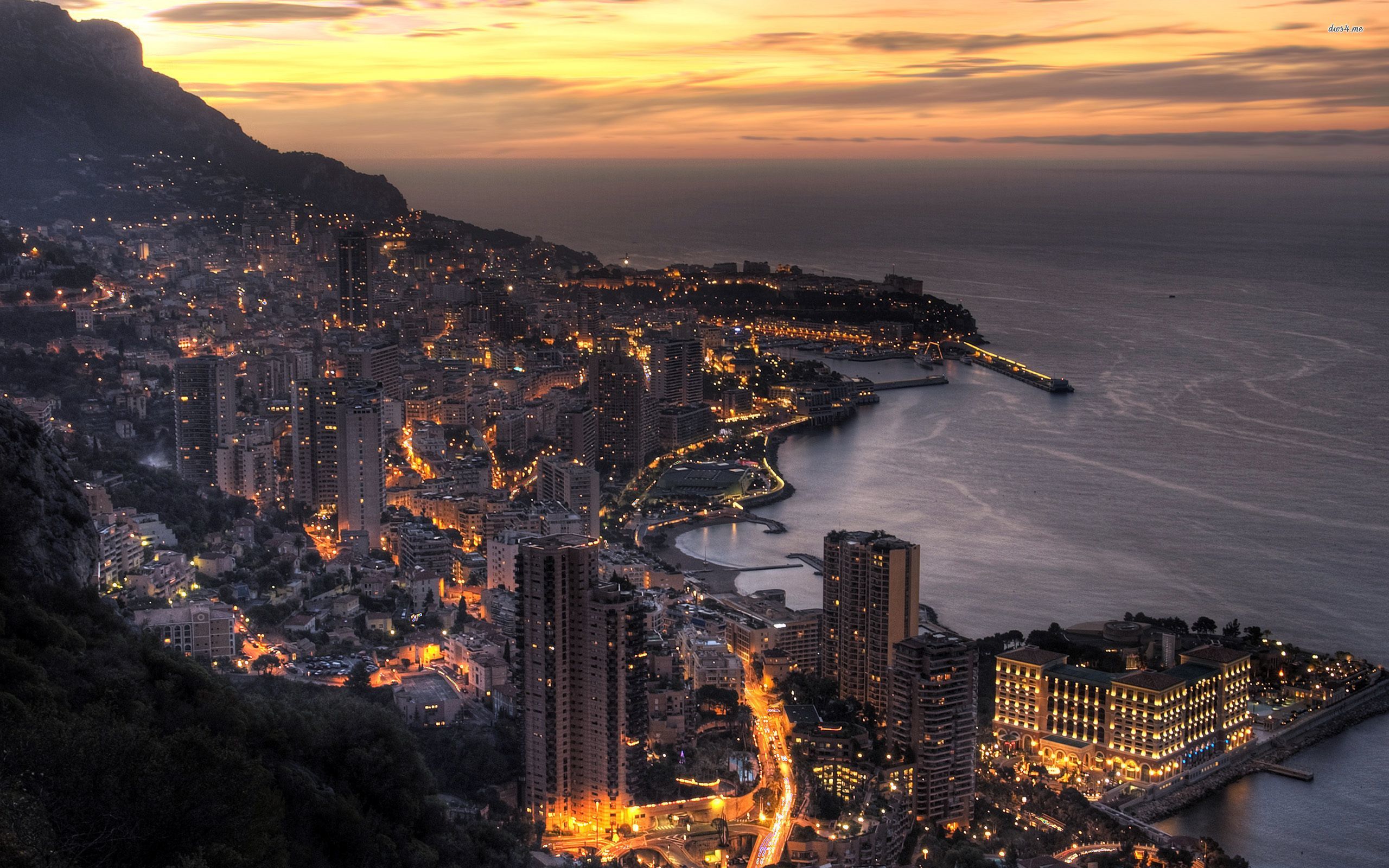
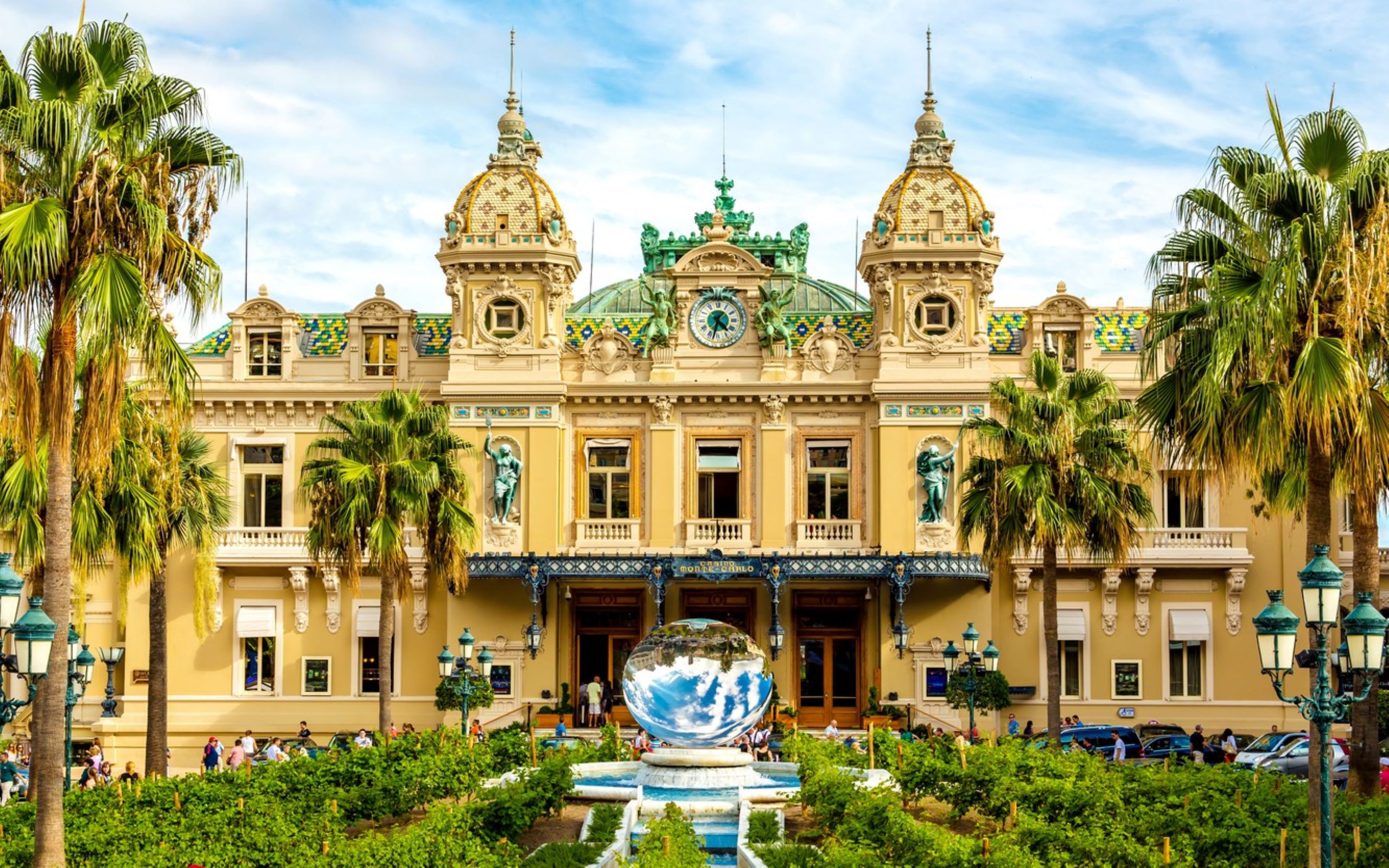
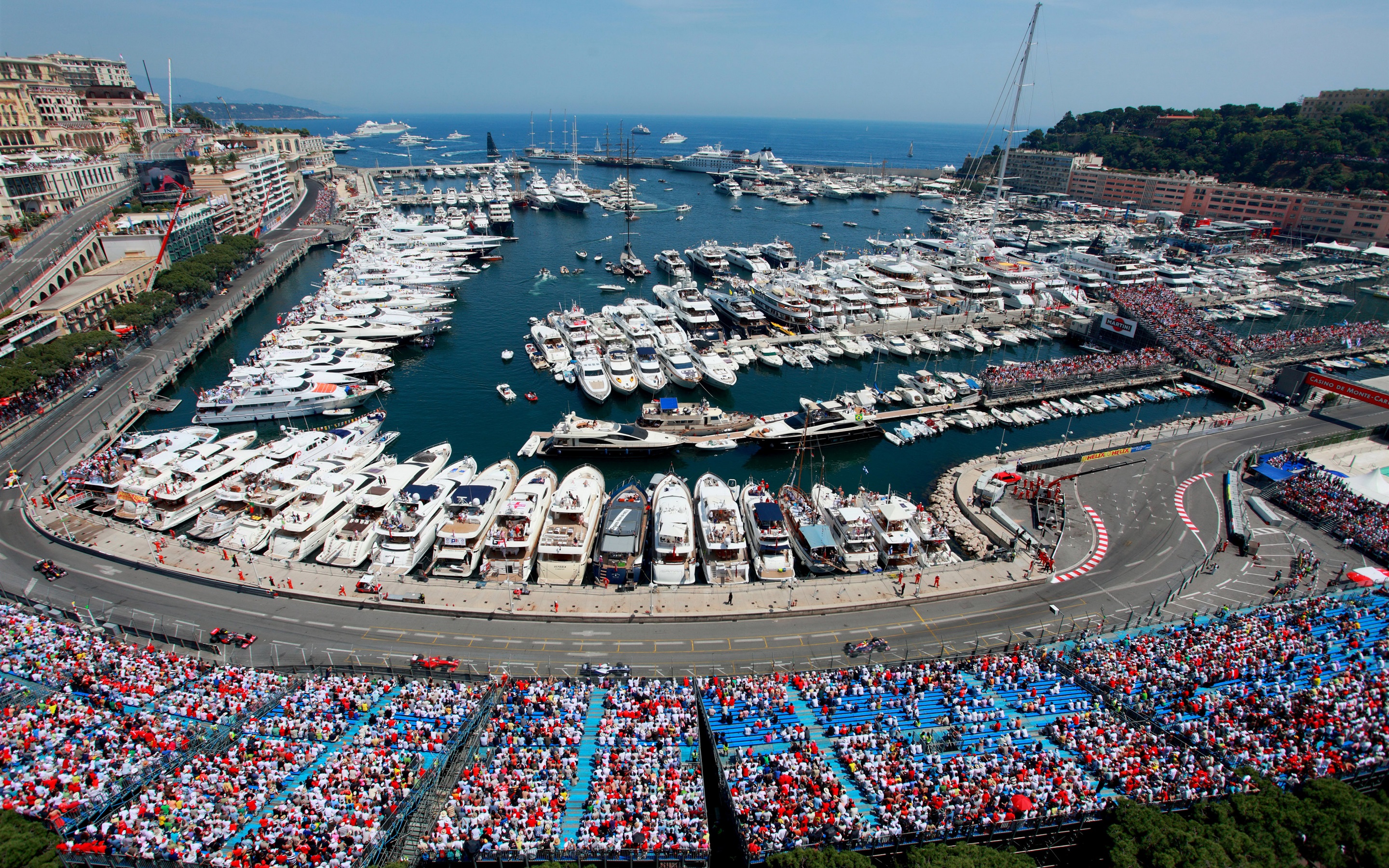
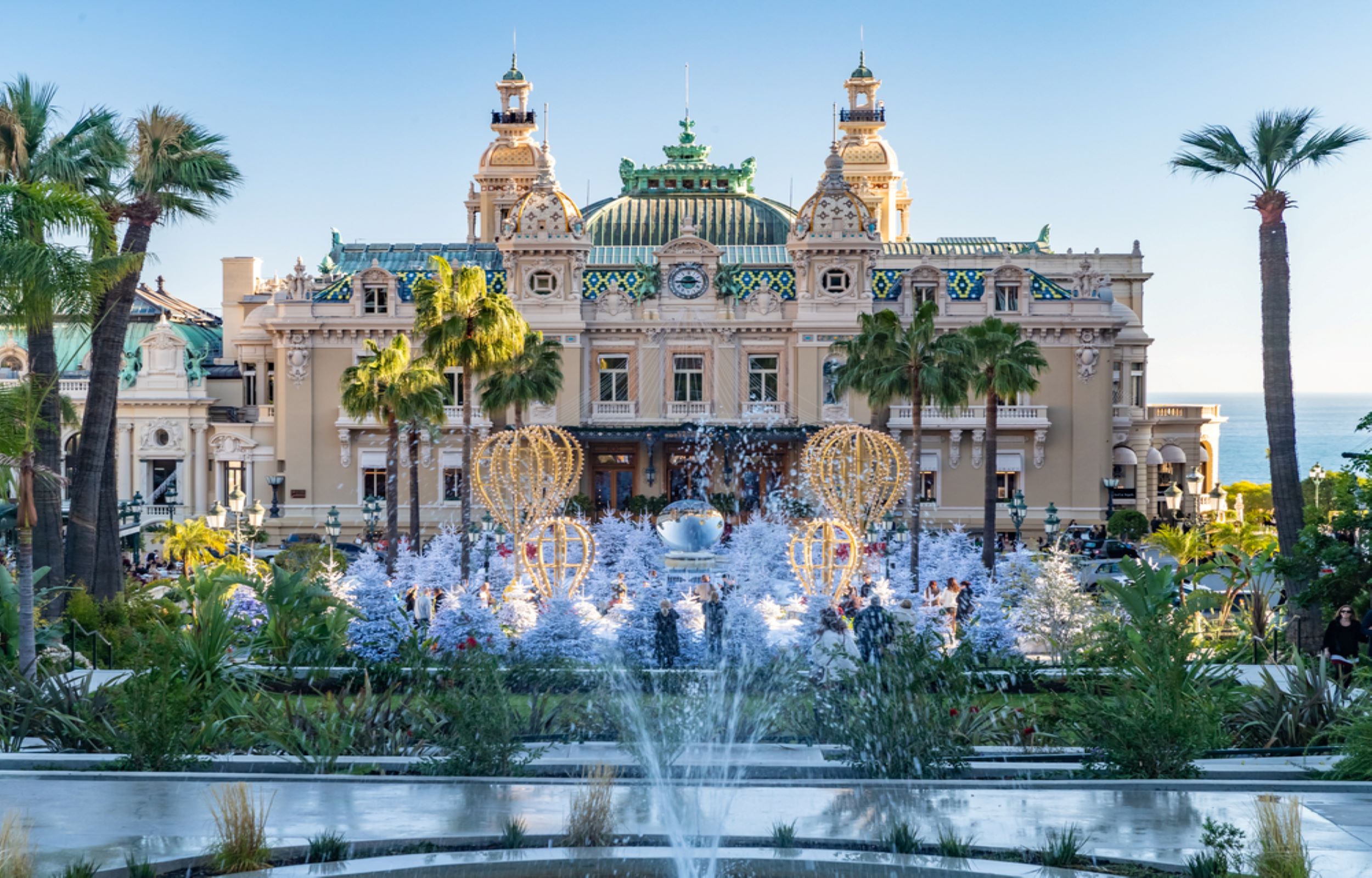
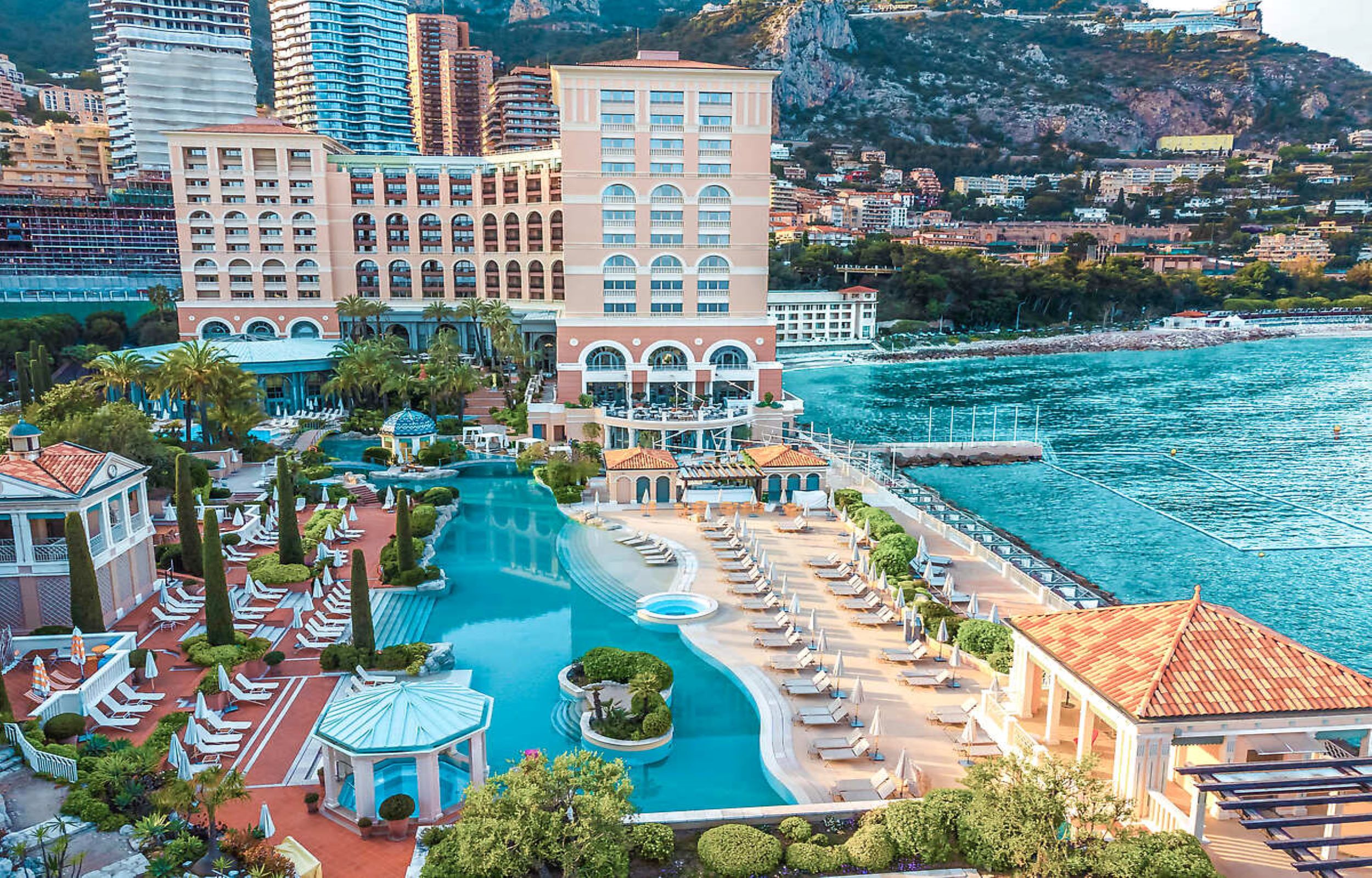
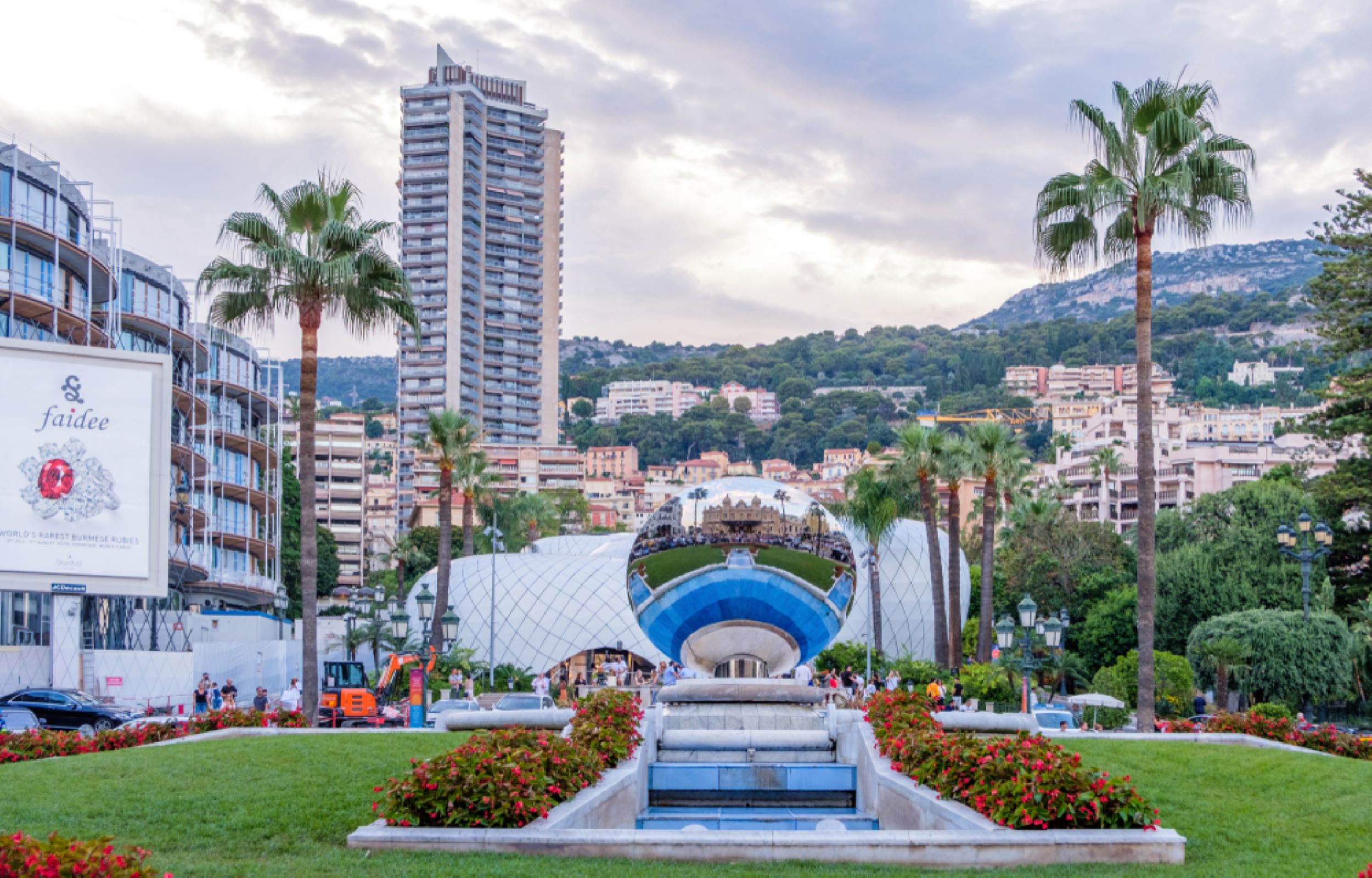
The best place in Monaco.






History of Monaco
The Rock of Monaco was a shelter for primitive populations. Traces of their occupation were discovered in a cave in the Saint-Martin Gardens. The first sedentary inhabitants of the region, the Ligures, are described as a mountain people, accustomed to hard work and an exemplary frugality. The coast and the port of Monaco were probably the sea access for the interior Ligurian population, the Oratelli of Peille.
The origin of the name "Monaco" has been subject to several hypotheses. For some, the name comes from the Ligurian tribe, the Monoïkos, who inhabited the Rock in the 6th century B.C. For others, the origin comes from the Greek. In antiquity, the port of Monaco was associated with the cult of the hero Herakles (Hercules for the Romans), and his name was often linked to the expression "Herakles Monoïkos," which means Herakles alone. This version seems to bear out, as the modern name for Monaco's main port is the Port of Hercules.
Monaco
At the end of the 12th century B.C., the Romans occupied the region. Monaco is part of the Province of the Maritime Alps. During their occupation, the Romans erected at La Turbie, the Trophy of Augustus, which celebrates the triumph of their military campaigns. During this same period, Phoenecian and Carthaginian sailors brought prosperity to the region. After the fall of the Roman Empire (5th century A.D.), the region was regularly sacked by different barbarian populations. It was only at the end of the X century, after the expulsion of the Sarrasins by the Count of Provence, that the coast slowly became repopulated.
Prince in Monaco
Prince Charles III took the initiative of converting Monaco into a seaside resort. He also thought that gambling could attract, as in Germany, a wealthy clientele, so the Prince granted the use of the plateau of Spélugues to the Société des Bains de Mer et du Cercle des Etrangers.
Though the first years were not successful, the company really took off when permission to use the plateau was sold to François Blanc, a craftsman who was responsible for the success of German resorts. In return, the company opened and ran bathing and gambling establishments, and took responsibility for several public services (notably road works, gas and water supplies, transport, maintenance and the publication of legal advertisements).
These amenities were located on a headland which was the subject of Prince Charles' desire. In 1866, this headland was baptised with a name that promised a special future: Monte-Carlo.
Opera - Monte-Carlo opera
Monte-Carlo opera
Monte-Carlo also experienced a creative soar. Artists from different backgrounds, painters, writers and composers such as Monet, Maupassant, Apollinaire, Sarah Bernhardt, Saint-Saëns, Colette, Caruso, Ravel and Matisse expressed their talents in the Principality, occasionally jointly, as was the case with l'enfant et les sortilèges, which was composed by Ravel and for which Colette wrote the libretto.
From the 19th century to the present day
Charles III surrendered his rights to Menton and Roquebrune to France on 2 February 1861, in a treaty in which one clause provided for the creation of a customs union between the two States. This was concluded in 1865.
The Société des Bains de Mer was created in 1856, together with the Casino. Several hotels were built on the Plateau des Spélugues which, in 1866, was given the name “Monte-Carlo” (Mount-Charles, after the name of the reigning Prince).
His son, Prince Albert I, nicknamed the “Navigator Prince” or “Scientist Prince”, was responsible for great advances achieved in life sciences at the dawn of the 20th century.
In 1910, Prince Albert I founded the well-known Museum of Oceanography in Monaco, which he bequeathed in his will to the Oceanographic Institute he had founded in Paris.
In 1911, he gave Monaco a constitutional structure. The Institute of Human Paleontology, devoted above all to research, was inaugurated in Paris in 1920.
In 1922, Prince Louis II succeeded him to the throne. Under his reign, the Medico-Legal Committee of Monaco was created in 1933, sketching out the bases for the Geneva Conventions of 1949. In the meantime, on 8 July 1948, the Principality became a member of the World Health Organisation.
In 1949, Prince Rainier III mounted the throne. His reign was one which transformed the Principality the most. He intensified and diversified activities introduced under the three preceding reigns, not only in political, diplomatic, international, economic and social fields, but also in those of education and sport, healthcare, science, culture and communication. He also added an industrial dimension to the Principality.
On 17 December 1962, he endowed the Principality with a new Constitution.
In 1993, he obtained Monaco's admission as a Member State in the United Nations Organisation.
On 5 October 2004, after proceedings which had lasted for six years, the Principality of Monaco joined the Council of Europe as the 46th Member State of this organisation. At the official ceremony in Strasbourg, Prince Albert II declared, on behalf of his father, Prince Rainier III : “Admission of the Principality of Monaco to the Council of Europe is for me, as for all my countrymen, a subject for legitimate satisfaction and pride”. “I am very happy that Monaco has been admitted to an Organisation inspired by such noble aspirations thanks to the rich diversity of the nations it represents”.
Copyright ©2022 All rights reserved | Made with by Threefan